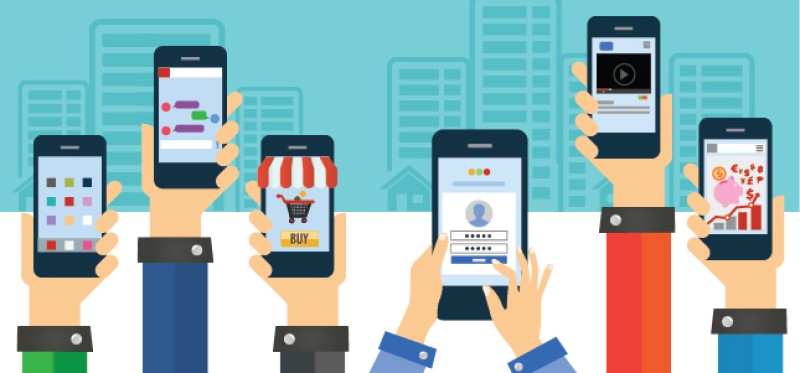Consumers are tethered to their mobile devices. Nearly a third of all Americans admit they can't live without their mobile phones. Mobile has become a preferred channel for personal and professional interactions.
Unfortunately, there's significant room for improvement on the mobile experiences that companies are providing to customers. For instance, in a survey of more than 400 U.S. adults conducted under The 2015 TTEC Mobile Customer Expectations Study, while just 1.4 percent of retail bank customers currently use their mobile devices for video chat sales or service support, nearly one quarter of all respondents (24.4 percent) say they’d use these capabilities if their primary bank offered it.
It's not just banks that are missing the mark on customers’ mobile expectations. In the TTEC study, 53 percent of consumers describe their mobile experiences with retailers are either “poor” or “could be better” while roughly a third of consumers feel the same about their mobile experiences with health insurers, mobile phone providers, and cable/satellite/Internet service providers.
Here are three steps companies can take to deliver on customers' mobile expectations:
1. Develop a deep understanding about the types of mobile experiences target customers want along with identifying and acting on their behaviors, preferences, and needs. One way to gather these insights is by asking customers to describe the preferred mobile experiences they would like to receive along with features they want that are currently missing – through surveys, at the end of a customer care interaction, or through other feedback mechanisms.
For instance, in the TTEC study, health insurance members cited the ability to use their mobile devices to check medical test results as tops on their wish lists while customers of mobile phone carriers expressed their interest in being able to use their mobile devices to download and access entertainment.
Meanwhile, as automotive companies continue to explore new opportunities to augment the connected car customer experience, customer feedback can also be used to help identify future self-service apps, greater integration between intelligent vehicles and consumers’ mobile devices, information sharing, etc.
2. Use customer journey maps to better understand how and when customers use their mobile devices in the course of their omnichannel journey. Customers often use their mobile devices as a starting point when they begin researching a product or a service. But it’s often not a one-and-done excursion. Customers frequently loop back to the use of mobile apps and mobile websites to check on information they may have previously viewed or to find additional information.
Knowing how and when key customer segments are using their mobile devices in different stages of the customer journey can enable decision-makers to identify and act on any points of friction that can upset customers or prompt them to abandon.
3. Mobile usage and behaviors are constantly changing, so continually monitor and make course corrections to the mobile customer experience. Customer use of smartphones and other mobile devices is in its relative infancy. As such, customer behavior on mobile is constantly in flux, so plan to continuously track customer behavior and interests to fine-tune mobile experiences.
Customers’ use and expectations for mobile continue to expand each day. Organizations that take a customer-first approach to delivering the kinds of mobile experiences customers want and expect position themselves to strengthen loyalty and boost business performance.
Learn more about the latest research and best practices to help companies keep pace with fast-paced mobile customers in the eBook, The Power to Change Your Business is in Your Hands...and Your Customers'.
Also, check out the most recent issue of our eNewsletter.
Related Content:
Blog Post: What’s Stopping Retailers from Implementing iBeacon Technology?
Blog Post: Forget ‘Mobile-First.’ Think ‘Customer-First.’
Article: Are You Meeting Consumers’ Mobile Expectations?
Three Tips for Delivering on Customers’ Mobile Expectations


















